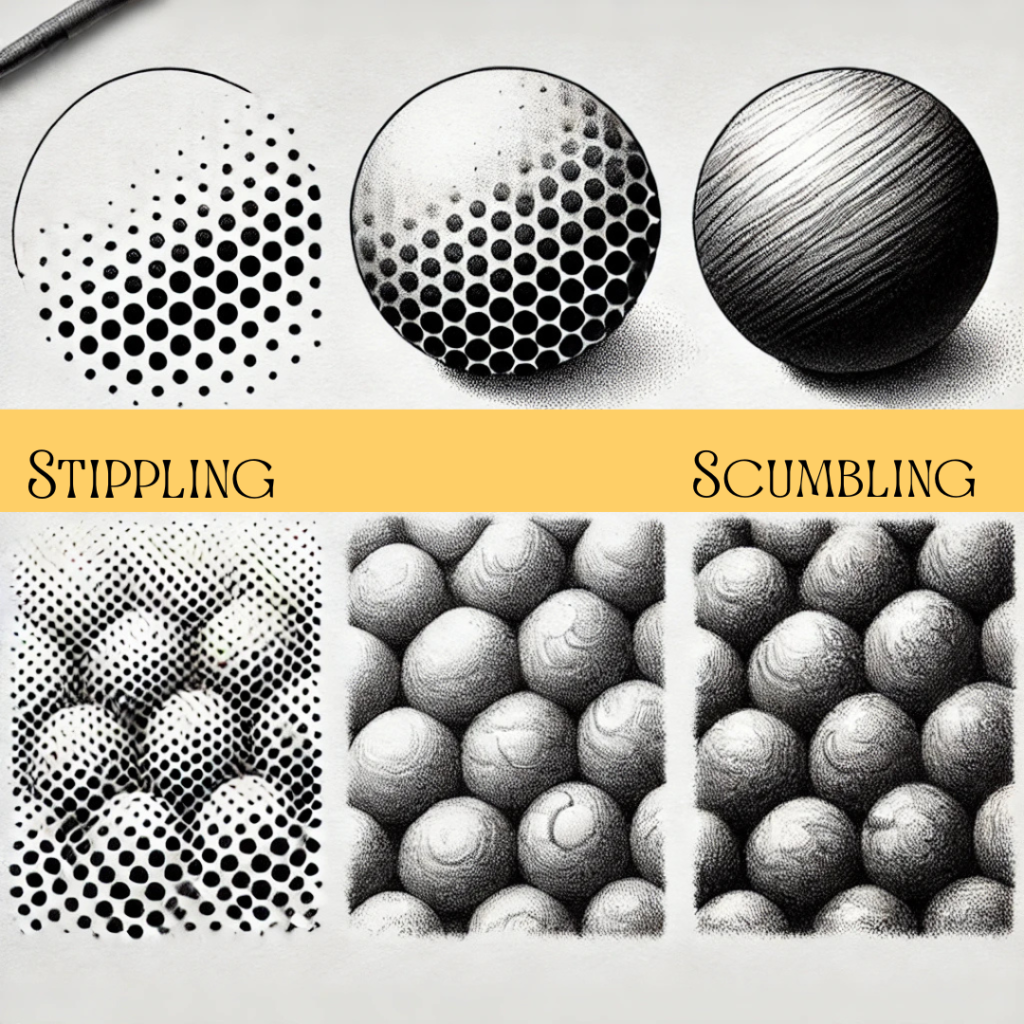Shading is one of the most essential skills in drawing, bringing depth, dimension, and realism to your artwork. Whether you’re sketching portraits, landscapes, or still life, mastering shading techniques will elevate your artistic abilities. This guide covers key shading methods, essential tools, and expert tips to help you improve your shading skills.

(This blog contains affiliate links, meaning I make a small commission at no extra cost to you.)
Essential Tools for Shading
✔ Graphite Pencils (2H-8B) – A full range of light to dark pencils for smooth shading.
✔ Charcoal Pencils & Sticks – Ideal for creating deep shadows and rich contrast.
✔ Blending Stumps & Tissues – Helps achieve seamless gradients and smooth transitions.
✔ Kneaded Eraser & Precision Erasers – Perfect for lifting highlights and refining textures.
✔ Soft Brush & Cotton Swabs – Helps soften harsh shading lines without smudging too much.
🛒 Shop the best shading tools here
Key Shading Techniques for Realistic Drawings
1. Hatching & Cross-Hatching
✏️ Hatching – Parallel lines placed closely together to create value and texture.
✏️ Cross-Hatching – Layers of intersecting lines to build depth and contrast.
🖌️ Best for: Textured surfaces, fabric, and expressive sketches.
2. Smooth Blending & Layering
🖌 Layer Gradually – Start with light pressure and build darker tones slowly.
🎨 Use Blending Tools – Blending stumps, tissues, or cotton swabs help create soft transitions.
💡 Lift Highlights – Use an eraser to create natural light reflections.
🛒 Find high-quality blending tools here
3. Stippling & Scumbling
🎯 Stippling – Small dots placed closely together to create shading and gradients.
🔄 Scumbling – Loose, circular scribbles to create soft, organic textures.
🖌️ Best for: Skin texture, clouds, and natural elements.

4. Contour & Tonal Shading
🔹 Contour Shading – Follows the shape of an object to enhance its 3D appearance.
⚫ Tonal Shading – Uses smooth gradients to transition from light to dark naturally.
🛒 Shop premium tonal shading pencils here
Want to take your shading to the next level? Watch this tutorial here for easy tips to improve your realistic drawings! ✏️🎨✨
Common Mistakes & How to Fix Them
🚫 Over-blending – Avoid making your shading too smooth; keep some texture for realism.
🚫 Ignoring Light Source – Always determine where the light is coming from before shading.
🚫 Skipping Value Studies – Practice creating light-to-dark gradients to improve shading control.
Final Thoughts: Elevate Your Shading Skills
Mastering shading takes patience, observation, and practice. Focus on light, depth, and blending to make your drawings more lifelike and visually engaging.
🎨 Upgrade your shading tools today! Explore our top recommendations here and take your art to the next level!
📌 Love this guide? Save it to your Pinterest board for inspiration!